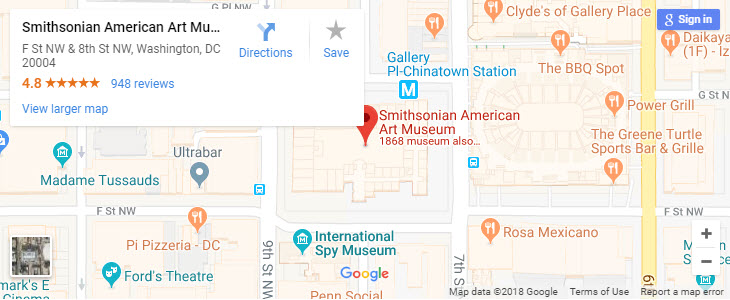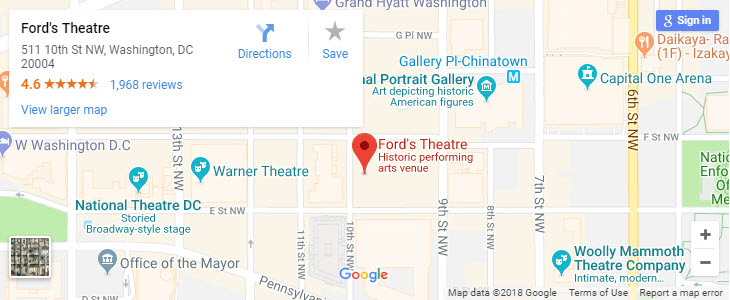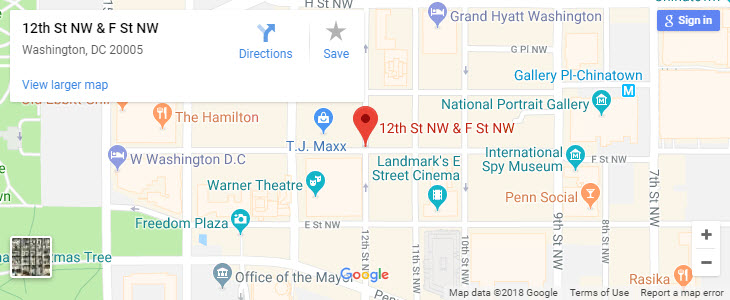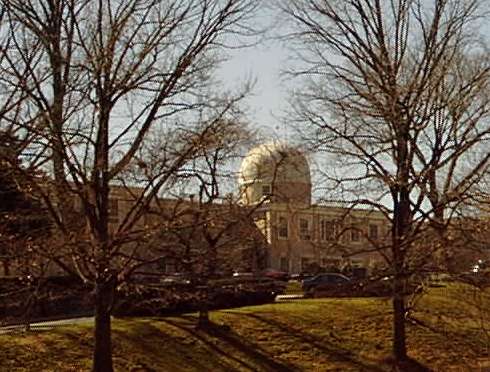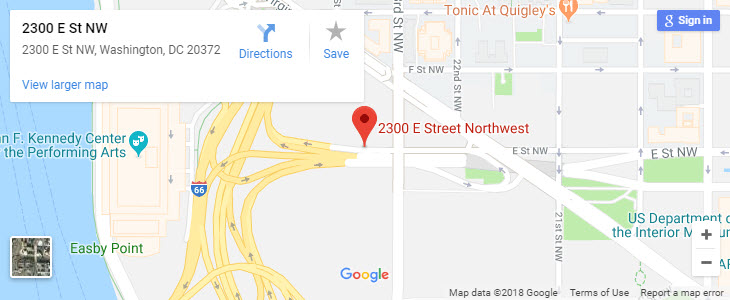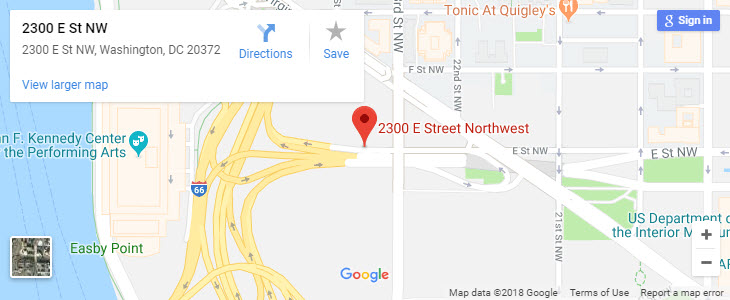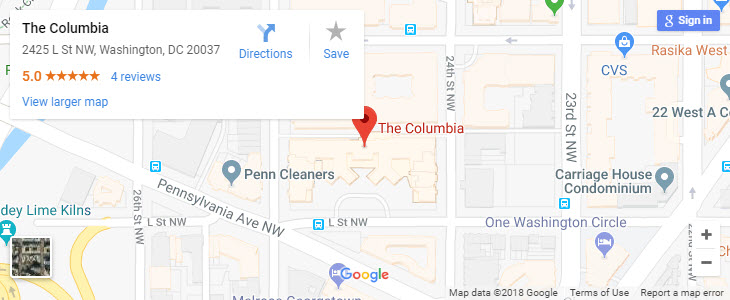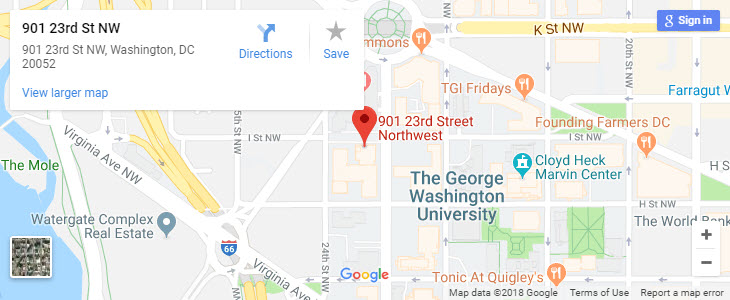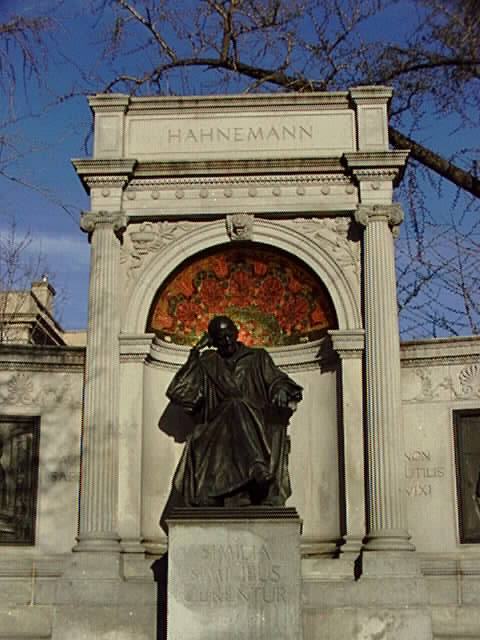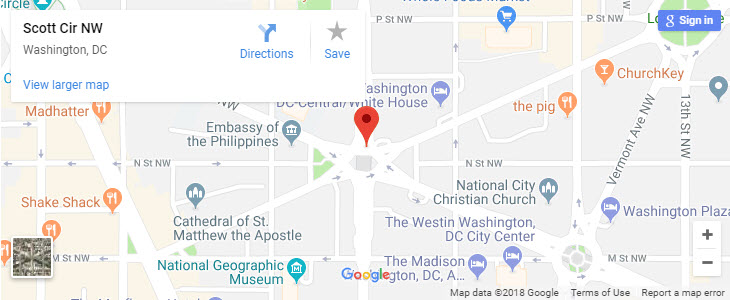The United States Capitol remains one of the most popular tourist attractions in Washington. Yet many people may not know that the original architectural drawings of the Capitol were designed by a physician. A graduate of the University of Edinburgh, William Thornton (1759–1828), was practicing in Tortola, British West Indies, when he submitted his plan for the competition in 1793. President George Washington selected Thornton's plan for its "grandeur, simplicity and convenience." Dr. Thornton has the distinction of being the first Architect of the Capitol.
Inside the Capitol building, several statues are of particular interest to the health professions. The National Statuary Hall Collection dates back to 1864, when states were invited to provide two statues each of individuals who brought distinction to their home states. Of the 96 individuals honored in the Statuary Hall and adjacent corridors of the Capitol, the following are of special interest:
Father Damien (1840–1889), a Belgian priest who spent 16 years at the Molokai colony taking care of lepers and became a victim of leprosy himself (statue given by Hawaii)
John Gorrie (1802–1855), a physician whose interest in tropical diseases led to his invention of a machine to make artificial ice, which he patented (statue given by Florida)
Crawford W. Long (1815–1878), a country doctor who first used ether in surgery in 1842 (statue given by Georgia)
Ephraim McDowell (1771–1830), a country doctor who successfully removed an ovarian tumor in 1809 (statue given by Kentucky)
John McLoughlin (1784–1857), a Canadian physician who governed the Oregon territory (1824–1843) and became a US citizen in 1849 (statue given by Oregon)
Florence Sabin (1871–1953), a pioneer in science and public health, and first woman to become a full professor at a medical school, The Johns Hopkins University, (statue given by Colorado)
Marcus Whitman (1807–1847), a physician who is known for his medical missionary work among native Americans in Washington territory (statue given by Washington)
During the Civil War, the Capitol was used as a fort, barracks, bakery (producing 60,000 loaves a day), and hospital. Two thousand cots were were set up in the House and Senate chambers, and the Rotunda. The first group of wounded arrived from the Second Battle of Bull Run and later from Antietam in September 1862.
For additional information about Dr. William Thornton and his architectural plan, and other individuals honored in the Statuary Hall, see the website sponsored by the office of the Architect of the Capitol (See under Capitol Complex/Works of Art).
Back to Map
Visit Online:
United States Capitol
Related NLM Resources:
Images of the United States Capitol
Kalaupapa: From Harsh Exile to Healing Community
Profiles in Science: The Florence R. Sabin Papers
Transportation:
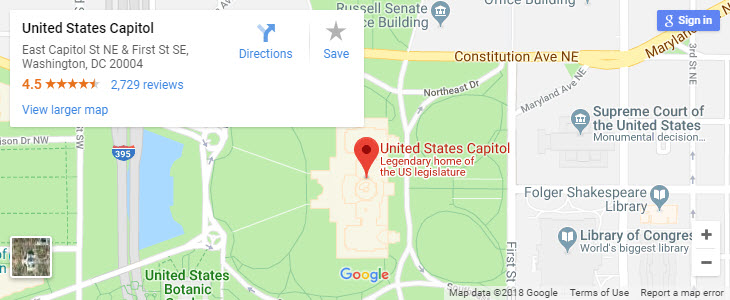

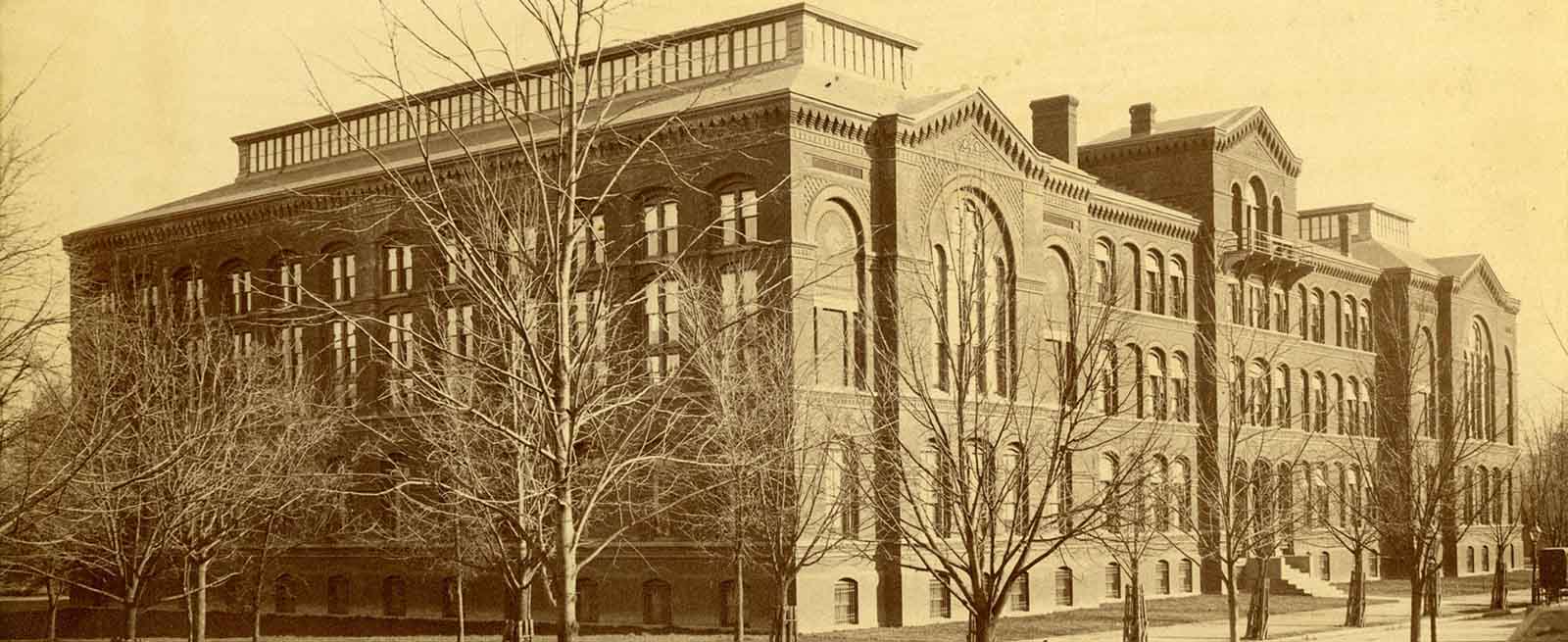



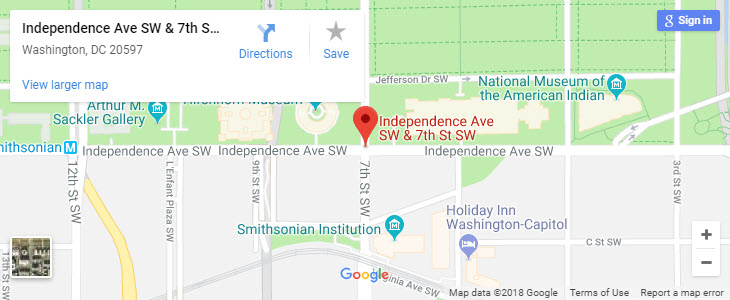

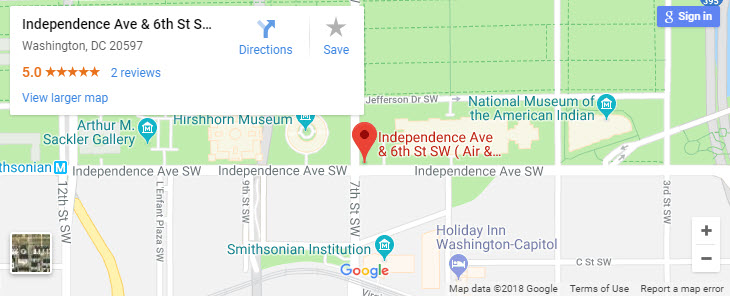
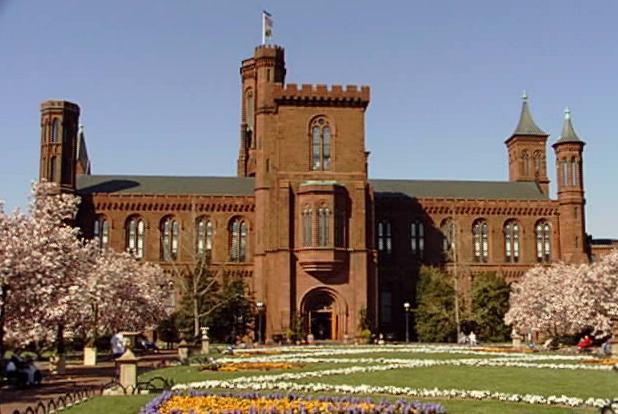
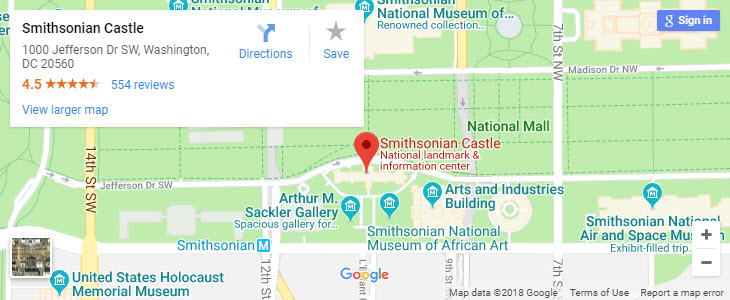
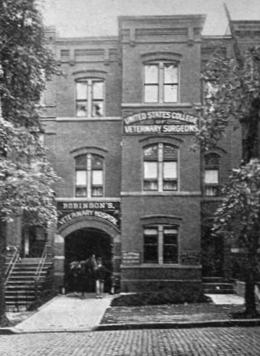
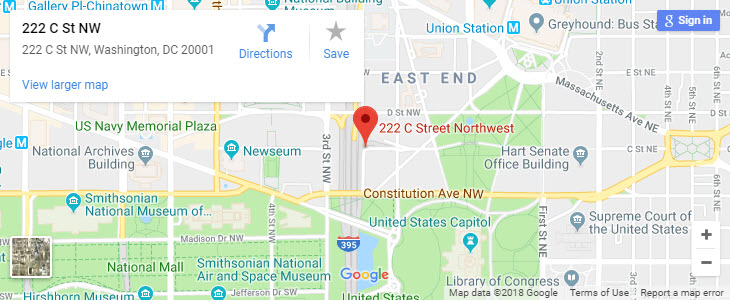

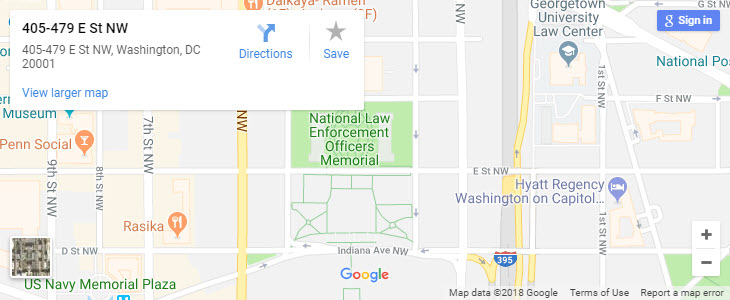
![US Patent Office Building, 8th and F Streets, NW, Washington, DC. Created/Published: [between 1900 and 1906] Part of: Detroit Publishing Company Photograph Collection (Library of Congress) Reproduction Number: LC-D4-16170. A black & white front angle view of the Patent Office Building - a multi-story masonry building with a large wide staircase up to a large columned entrance.](images/patent.jpg)
